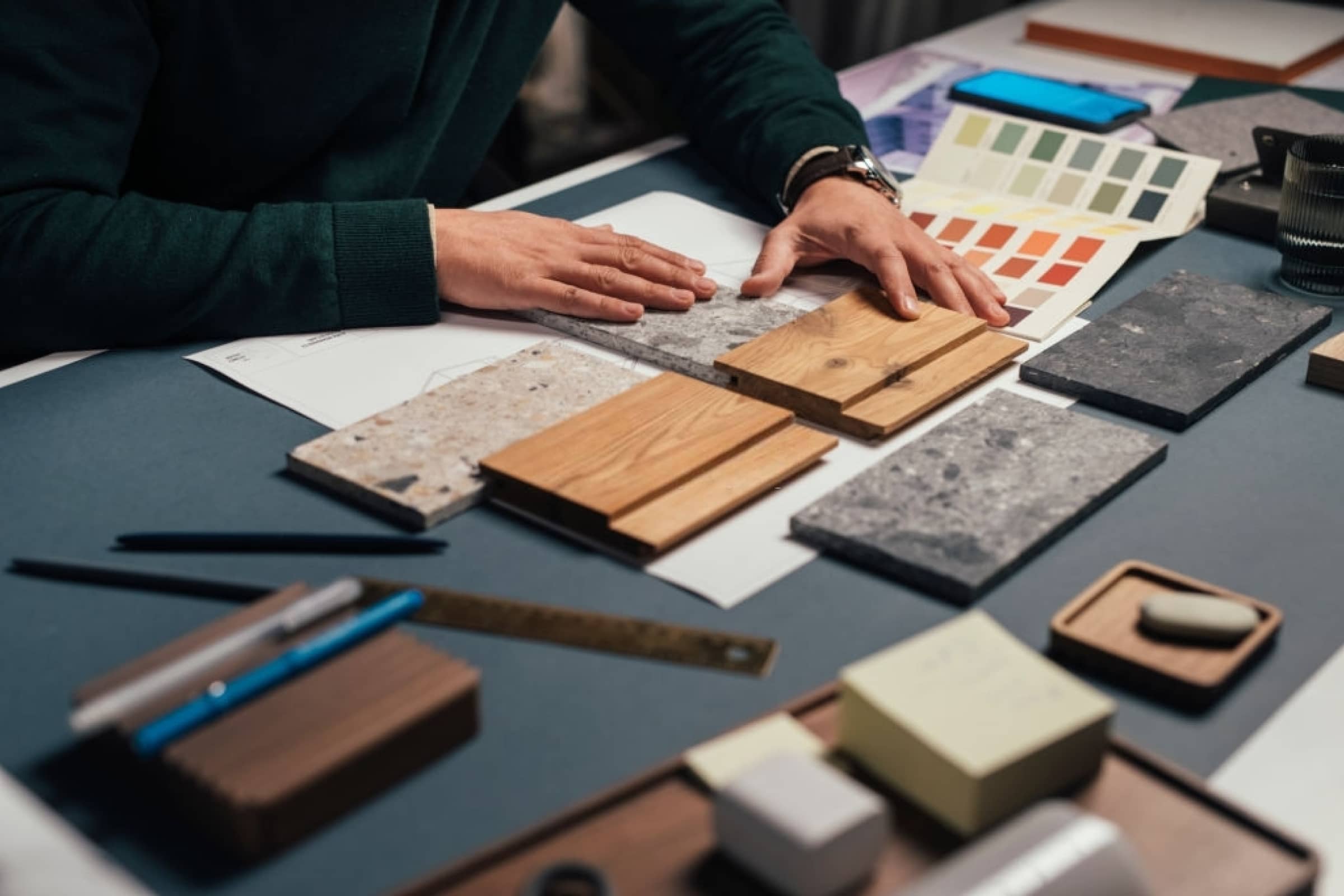Read next
The latest news, updates and expert views for ambitious, high-achieving and purpose-driven homeowners and property entrepreneurs.

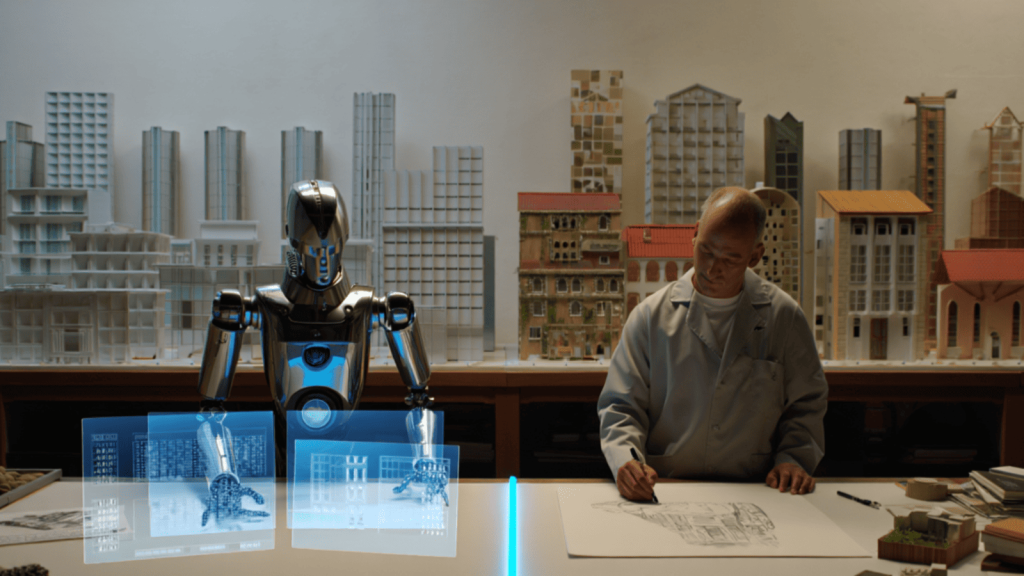
Imagine a digital nation the size of Europe, logging in weekly for instant answers. That’s the scale of ChatGPT’s reach today. It now commands a global presence with around 700 million weekly users.
The potential is clear: The ability to process enormous amounts of data could dramatically speed up research, streamline development, and expand what we know about the world.
A curious pattern is also emerging among design studios exploring Artificial intelligence (AI) in architecture - and it's far from what we anticipated.
Despite the hype, the outcomes have been surprisingly underwhelming.
Not because the tools lack power - quite the opposite. AI is proving to be remarkably capable. The issue lies not in the technology itself, but in how we’re choosing to use it.
Many architects now rely on AI for early-stage design - from massing studies to façade concepts. At first, it feels like a breakthrough: faster turnarounds, polished visuals, fewer hours spent on initial iterations. It promises efficiency, and it delivers.
But over time, something troubling happens. The work starts to look eerily similar across different studios and project types. Refined, yes. Sophisticated, certainly. But also generic, as if drawn from the same well of possibilities.
This explosion of instant, accessible AI-powered design solutions comes with other serious risks too. The same ease that makes these tools so appealing, with their immediate solutions, effortless responses and seamless assistance, could gradually weaken our capacity for independent thinking.
The problem isn't the technology. It's that we've confused efficiency with creativity, and in doing so, we're removing the very friction that makes design meaningful.
Artificial intelligence (AI) in architecture refers to the integration of machine learning, computer vision, and other data-driven tools into the design and construction process.
AI influences the architectural design process by rapidly producing multiple design options based on set parameters and identifying patterns across vast datasets.
While this accelerates certain stages of design development, it also raises critical questions about authorship, originality, professional accountability, and the risk of favouring efficiency over thoughtful, context-sensitive creativity.
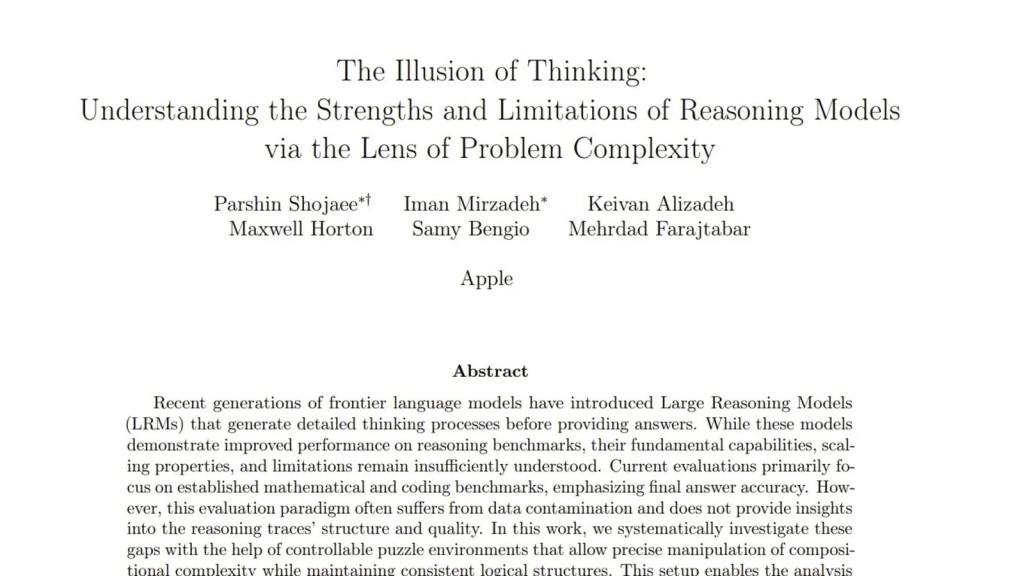
Recent research from Apple delivered a sobering reality check to the AI industry.
The study, "The Illusion of Thinking" reveals that current AI models - including the most advanced reasoning systems from OpenAI, Anthropic, and Google aren't actually reasoning at all. Instead, they're performing sophisticated pattern matching that works brilliantly until problems become genuinely complex.
When Apple's researchers tested these models on controllable logic puzzles, they discovered something remarkable: beyond a certain threshold of complexity, the models experienced what they termed "complete accuracy collapse."
Even when provided with explicit step-by-step algorithms, the AI systems failed to execute basic logical procedures reliably.
This carries significant implications for architecture. If AI systems break down when confronted with genuinely complex reasoning, how can they be expected to handle the nuanced, context-sensitive judgments that underpin meaningful and technically robust architectural design?
The answer is unsettling. Rather than generating true innovation, AI produces permutations of existing patterns, falling short of the originality and contextual intelligence that meaningful architectural design demands.
Here's where many practices are getting lost: they're confusing options with ideas.
AI tools can provide architects with more options than ever before: façades in seconds, layouts on command, hundreds of variations at the click of a button. But options aren't the same as ideas.
Hear me out.
Real design isn't about picking from a menu. It's about judging what's appropriate for a specific context, understanding how people will move through a space, anticipating how a building will age and evolve with its community. AI is unable to do this because it lacks the contextual understanding that transforms raw possibilities into meaningful architectural concepts.
When architects start treating AI output as design insight rather than design input, they risk becoming curators of content rather than creators of meaning.
In design especially, where genuine breakthroughs come from grappling with problems and working through messy creative processes, the temptation to rely on algorithmic shortcuts threatens to produce work that prioritises speed over substance.
They're essentially outsourcing the very thing that makes architecture more than just arranged matter: the thoughtful response to human need and cultural context.

Research using AI image generators like Midjourney has confirmed what many architects intuitively sense; initial prompts consistently produce homogenised designs that reflect the dominant architectural styles present in the AI's training data.
The result is what experts now call "AI Slop", a proliferation of generic imagery that adopts a neutral, globalised aesthetic, free from contextual friction.
This isn't just an aesthetic problem; it's a cultural one. Architecture that could come from anywhere effectively comes from nowhere. It carries no memory of place, no response to climate, no acknowledgement of local building traditions or social patterns. The very qualities that make architecture culturally significant are precisely what get smoothed away by AI's pattern-matching approach.
In plain terms, AI doesn’t invent new design languages or revolutionary ideas. It repackages what already exists. It analyses patterns, recombines familiar elements, and generates polished variations.
While the fact that AI lacks true creativity is a concern, it’s not the only one. The deeper risk is that architects, by increasingly leaning on these tools, may erode their own capacity for the kind of original, challenging thinking that leads to truly transformative design — the kind that breaks patterns rather than simply rearranging them.
But don’t just take my word for it. A study by ArchDaily and Ulises Design Studio, which explored how AI envisions contemporary homes across 15 countries, initially produced remarkably similar results regardless of location. Only when researchers deliberately refined their prompts to include specific regional elements did the outputs begin to show cultural diversity.
The lesson is clear: AI's default mode is homogenisation.
We talk extensively about what AI means for design efficiency and creativity but we don't talk nearly enough about the burden of responsibility.
When a building fails, whether functionally, socially, or environmentally, who's accountable?
This isn't an abstract question. Architecture is inherently public. It shapes how people live, connect, and belong to their communities. Buildings outlast their creators and affect generations of users who had no voice in their conception.
In the UK, this accountability is codified through the Construction (Design and Management) Regulations 2015, which establish clear legal duties for what are known as "duty holders" throughout a project's lifecycle.
The Principal Designer, for instance, must "plan, manage, monitor and coordinate health and safety in the pre-construction phase," whilst ensuring that designs "eliminate, reduce or control foreseeable risks that may arise during construction and the maintenance and use of a building once it is built." Yes, these are professional obligations but they're also legal responsibilities enforceable by criminal law.
The CDM framework recognises that design decisions have profound consequences for human welfare, establishing that designers must consider not just immediate construction safety but long-term building performance and maintenance.
When AI systems generate design solutions, who carries this legal responsibility? The algorithm cannot be prosecuted for failures; the human professionals who implement its outputs must be held accountable.
UNESCO's AI ethics guidelines explicitly state that AI systems must not displace ultimate human responsibility and accountability. Yet the architecture profession risks doing exactly that when it delegates design intent to algorithms without maintaining meaningful human oversight.
Phillip Bernstein, deputy dean at the Yale School of Architecture, echoes this concern. “Architects have several responsibilities beyond simply designing buildings,” he explains. “We are responsible for public health and safety, which is why we are licensed to practise… Can we really delegate these professional responsibilities to an algorithm? Would society want us to do that?”
His point is clear: Professional accountability cannot be passed to a machine, and doing so risks not only legal uncertainty, but a fundamental erosion of architectural responsibility.
This reinforces the urgent need for architects to retain agency and judgement in the design process, particularly when AI tools are introduced into workflows that carry legal, social, and ethical implications.
The European Union's AI Act emphasises the critical importance of human oversight in high-risk systems, particularly those affecting fundamental human rights. Buildings - especially housing, healthcare facilities, and educational institutions - surely qualify as systems with profound impacts on human welfare.
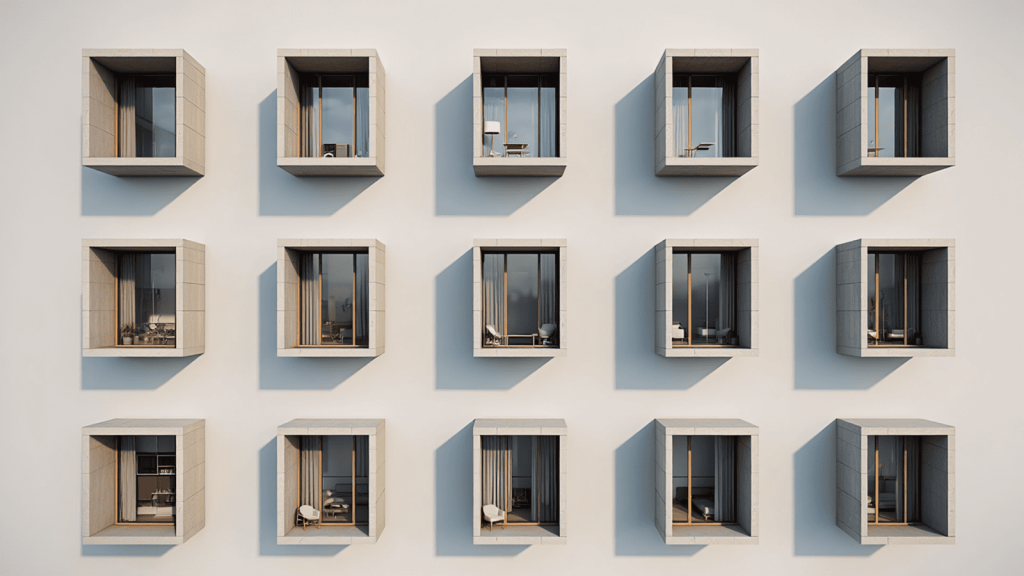
This doesn't mean rejecting AI wholesale. Instead, it means being far more deliberate about where we deploy it.
In my opinion, the most promising applications aren't in the creative realm but in the administrative and repetitive tasks that currently consume enormous amounts of architectural time and energy.
Building regulations compliance checking, for instance, represents a promising area where AI can assist in initial reviews, flagging potential issues and streamlining preliminary assessments. Whilst AI cannot replace the nuanced understanding required for complex compliance decisions, it can accelerate the identification of clear-cut violations, allowing architects to focus their expertise on ambiguous cases and design refinements rather than routine checking.
Similarly, AI shows promise in supporting structural analysis, energy performance evaluation, and material quantity calculations. These computational tasks benefit from AI's pattern-recognition capabilities for initial assessments, though architects must still apply professional judgement to validate results and make final determinations. In other words, AI can handle the heavy lifting of data processing, freeing architects to concentrate on design refinement and creative problem-solving.
The BIM process offers particularly valuable opportunities for AI assistance. AI-powered tools can support clash detection between building systems, assist in generating preliminary cost estimates from model data, and help streamline the preparation of construction documentation. However, these tools work best as intelligent assistants rather than autonomous decision-makers.
Recent advances in AI-enhanced BIM include virtual assistants that can interpret natural language queries to extract information from complex building models, allowing architects to ask questions like "What is the structural load capacity of this wall?" and receive rapid initial responses that still require professional verification.
The key is protecting what matters most: The early creative stages that give a project its soul.
This is where architects develop design intent, respond to site conditions, and translate client needs into spatial concepts. It's messy, iterative, and fundamentally human work that benefits from friction, not efficiency.
When we use AI to bypass this essential struggle, we're saving time, sure, but we're also eliminating the very process through which architectural meaning emerges. The constraints, the false starts, the moments of uncertainty - these aren't inefficiencies to be optimised away. They're integral to how architects develop contextually appropriate responses to design challenges.
VR in architecture offers a compelling example of technology enhancing rather than replacing human creativity. Virtual reality tools allow architects to experience their designs at full scale during development, providing invaluable spatial understanding that informs design decisions.
Unlike AI-generated concepts, VR serves as a sophisticated evaluation tool, helping architects test their ideas without compromising the creative process that generates those ideas. Recent research shows that VR creates "a collaborative environment that minimises misunderstandings and costly post-construction modifications" whilst maintaining human control over design intent.
Research consistently shows that human oversight remains indispensable for nuanced decision-making. Humans possess emotional intelligence, cultural knowledge, and ethical reasoning that AI simply cannot replicate. These qualities are particularly crucial in architecture, where every decision affects how people inhabit and experience space.

So what does all this mean?
In short, the architecture profession stands at a crossroads. We can either rush headlong into AI adoption, treating every new tool as an opportunity for efficiency gains, or we can be more strategic about where artificial intelligence adds genuine value.
The most successful residential architects will likely be those that draw clear boundaries: AI for administration, humans for creation. AI for analysis, humans for synthesis. AI for options, humans for ideas.
This method is already showing promise in practices that integrate AI-enhanced BIM processes with traditional design methods, using technology to eliminate tedious documentation tasks whilst preserving creative control.
This approach requires discipline. It means saying no to the allure of AI-generated concepts, even when they look impressive. It means maintaining the slow, thoughtful work of early design development, even when algorithms promise faster results. For architects, this might mean using AI to optimise thermal performance and structural sizing whilst insisting on human-led spatial planning and aesthetic decision-making.
But it also offers something valuable: the possibility of using AI to eliminate the tedious work that prevents architects from spending more time on the creative and social dimensions of their practice.
Instead of replacing architectural thinking, AI can create space for more of it.
All in all, Apple's research reminds us that current AI systems, for all their sophistication, are fundamentally limited in their reasoning capabilities. They excel at pattern matching but struggle with genuine innovation. They can optimise known solutions but can't imagine entirely new approaches to persistent problems.
For architecture, this suggests a clear division of labour.
Let AI handle the administrative burden, the compliance checking, the documentation coordination, the performance optimisation. But preserve the creative core for architectural services and professional judgment: the spatial imagination, the cultural sensitivity, the ethical reasoning that transforms building programmes into meaningful places.
The goal isn't to resist technological advancement but to deploy it wisely. Architecture has always been about making judgements, about site, programme, materials, and meaning. Those judgements require discernment, empathy, and contextual understanding that, despite rapid advances in AI capabilities, remain distinctly human capabilities.
We should use AI to inform our decisions, not make them. To test our ideas, not generate them. To support our practice, not define it.
Because in the end, architecture isn't just about creating efficient structures. It's about creating meaningful places where human life can flourish. And that responsibility, the fundamental duty to serve human welfare through thoughtful design, cannot be automated away. It’s a duty we embrace in every project we design, a dedication to creativity, empathy, and human-centred thinking that’s evident throughout our portfolio.
The question isn't whether AI will transform architecture. It already has. The question is whether we'll maintain control over what matters most: the creative intelligence that responds to human need with spatial imagination. That line is worth defending.

Urbanist Architecture’s founder and managing director, Ufuk Bahar BA(Hons), MA, takes personal charge of our larger projects, focusing particularly on Green Belt developments, new-build flats and housing, and high-end full refurbishments.
We look forward to learning how we can help you. Simply fill in the form below and someone on our team will respond to you at the earliest opportunity.
The latest news, updates and expert views for ambitious, high-achieving and purpose-driven homeowners and property entrepreneurs.
The latest news, updates and expert views for ambitious, high-achieving and purpose-driven homeowners and property entrepreneurs.

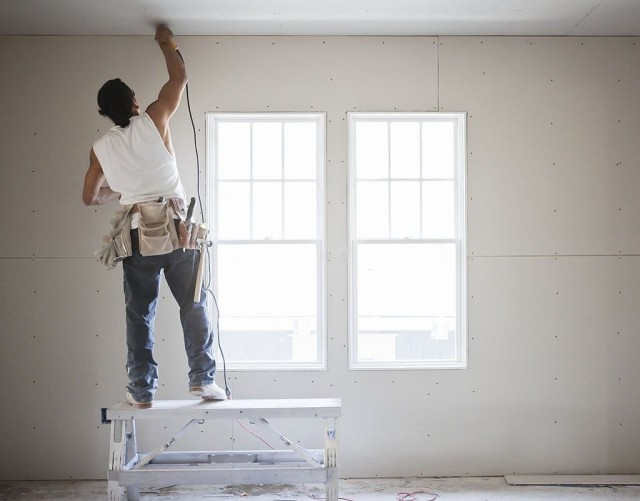
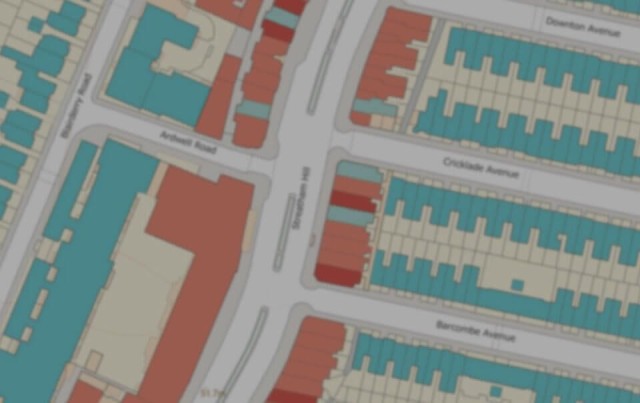

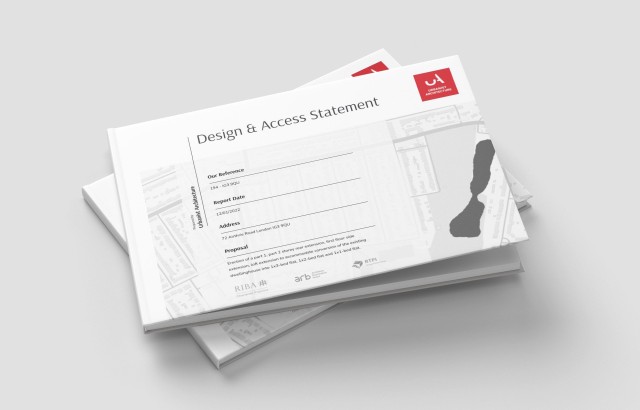
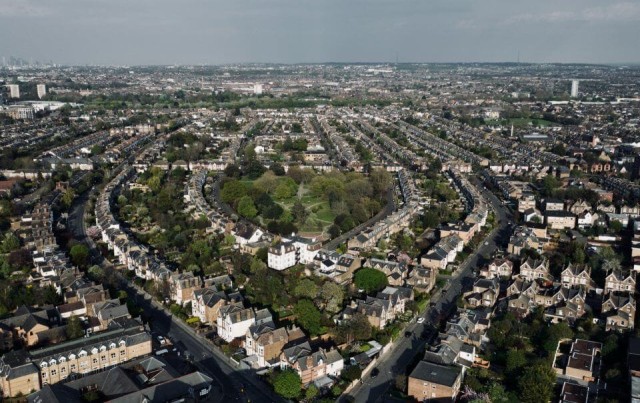


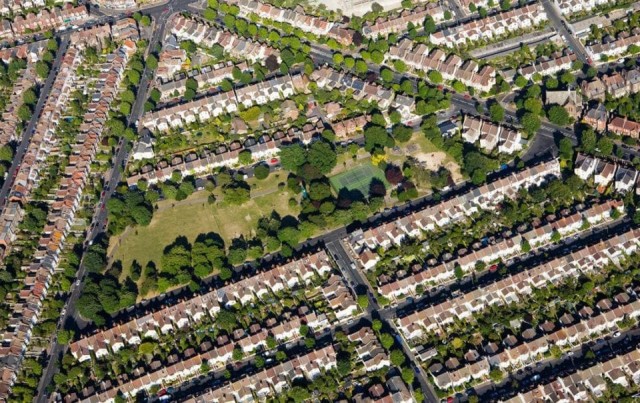

We specialise in crafting creative design and planning strategies to unlock the hidden potential of developments, secure planning permission and deliver imaginative projects on tricky sites
Write us a message